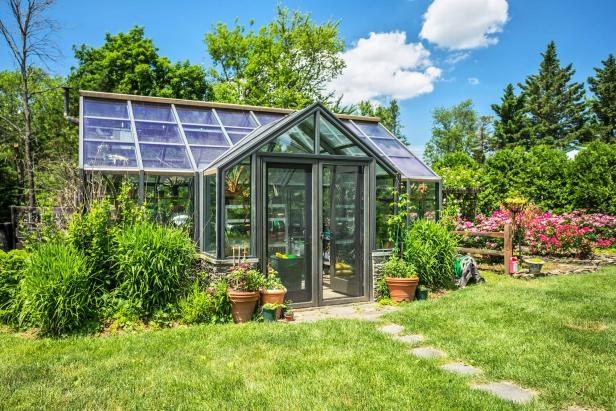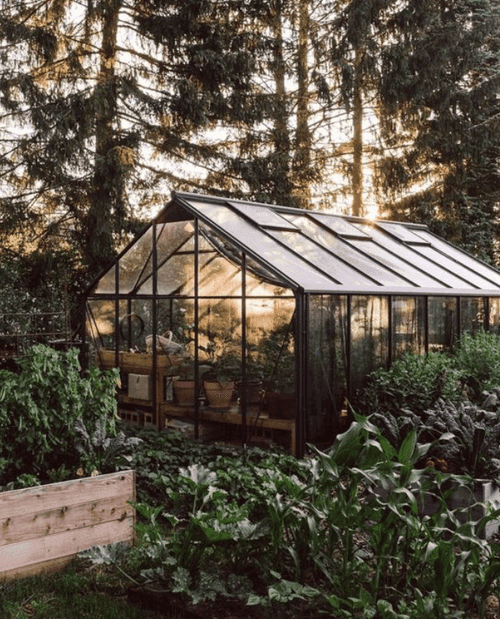The Future of Greenhouses: Innovations in Sustainable Agriculture
Are you interested regarding the future of greenhouses and just how they are revolutionizing sustainable agriculture? Look no further! In this write-up, we will discover the exciting technologies that are paving the means for a greener and a lot more efficient farming industry. From sophisticated environment control systems to upright farming strategies, water-efficient irrigation techniques, eco-friendly energy combination, and wise information analytics, these advancements are transforming the means we grow our food. Get all set to uncover the future of lasting farming in greenhouses!
Advanced Environment Control Systems
To achieve optimal expanding conditions, you can rely upon the improvements in greenhouses with sophisticated environment control systems. These systems have actually reinvented the method we grow crops, giving a regulated environment that is helpful to plant growth. With these innovative systems, you can currently control temperature level, moisture, light levels, and even carbon dioxide concentrations to develop the ideal problems for your plants to prosper.
One of the essential attributes of these sophisticated climate control systems is their capability to manage temperature level. By utilizing sensors and automated controls, the greenhouse can readjust the temperature based upon the particular demands of the plants. This makes sure that they are never subjected to extreme warm or chilly, which can be destructive to their growth.
Moisture control is one more critical aspect of these systems. By maintaining the optimal moisture degrees, you can protect against issues such as mold, mildew, and illness from impacting your plants. These systems can likewise regulate the amount of light that reaches the plants, making sure that they receive the optimal amount for photosynthesis.
In addition, advanced climate control systems can also control CO2 focus. By enhancing the degrees of carbon dioxide in the greenhouse, you can improve plant development and productivity. This is specifically valuable in locations with reduced natural CO2 degrees.
Upright Farming Strategies
One crucial vertical farming method is utilizing piled expanding systems. Piled growing systems are commonly made use of in urban areas where area is limited.
One preferred method is called vertical hydroponics, where plants are expanded in nutrient-rich water without dirt. This strategy is very effective as it decreases water use by approximately 90% contrasted to typical farming methods. Furthermore, given that the plants are expanded inside your home, they are shielded from diseases and bugs, reducing the need for chemicals.
Another strategy is aeroponics, which includes suspending the plant origins in a haze or air atmosphere. This approach enables ideal nutrient absorption and oxygenation, resulting in faster growth and greater returns. Aeroponics also uses less water than traditional farming and can be carried my link out in vertical systems, making it a prominent choice for vertical farming.
Water-efficient Watering Techniques
Making the most of water conservation is crucial when it concerns executing water-efficient irrigation approaches in lasting agriculture. With global water scarcity ending up being a pushing concern, it is important to develop cutting-edge methods that maximize water usage in greenhouse operations.
One encouraging method is drip watering, which provides water straight to the plant roots, minimizing waste and evaporation. By using a network of tubes with tiny emitters, water is applied gradually and precisely, guaranteeing that plants receive the required wetness without excess overflow.
An additional effective strategy is making use soft grass of dirt moisture sensors. These tools gauge the wetness material in the soil and provide real-time information to farmers. By monitoring the dirt's dampness degrees, farmers can precisely identify when and just how much water to use, avoiding over-irrigation.
Additionally, the execution of rain harvesting systems is gaining appeal in greenhouse agriculture. Gathering rainwater from roofs and storing it in tanks enables farmers to use this natural deposit for watering objectives, minimizing dependence on conventional water sources.
Lastly, the adoption of automated watering systems can substantially enhance water efficiency. These systems use sensing units to detect dirt moisture degrees and climate condition, readjusting watering routines as necessary. By enhancing water use based on actual plant needs, these systems can lower water waste and promote lasting farming techniques.
Renewable Resource Assimilation
Eco-friendly power assimilation in greenhouses offers a number of advantages, including reduced operating costs and decreased reliance on non-renewable energy resources. The produced power can then be utilized to run various operations within the greenhouse, such as home heating, illumination, and air flow systems. These turbines harness wind power and transform it into power, which can be made use of to supplement the energy demands of the greenhouse.
Smart Data Analytics and Automation
To enhance the efficiency of your greenhouse procedures and maximize resource application, take into consideration implementing clever information analytics and automation. Smart data analytics entails gathering and assessing data from different sensors and gadgets within your greenhouse. By monitoring aspects such as temperature, humidity, light levels, and soil dampness, you can get beneficial insights into the health and development of your plants. This information can assist you make informed choices concerning changing ecological conditions, maximizing irrigation timetables, and stopping possible concerns before they emerge.
This can include automating the control of lighting, air flow, irrigation systems, and nutrient distribution. By automating these procedures, you can look at this website ensure that your plants get the right conditions and nutrients at the ideal time, without the demand for continuous hands-on intervention.
Moreover, wise information analytics and automation can interact synergistically. The information collected by sensing units can be made use of to educate automatic systems, allowing them to make real-time adjustments based upon the existing problems. This assimilation of data analytics and automation can lead to a lot more exact and reliable source allocation, ultimately causing greater yields and better crop quality.
Final Thought
In final thought, the future of greenhouses in lasting farming looks appealing. With sophisticated environment control systems, vertical farming strategies, water-efficient irrigation techniques, and eco-friendly energy integration, greenhouses are coming to be a lot more reliable and eco pleasant.

By maximizing water use based on actual plant needs, these systems can reduce water waste and advertise sustainable farming methods.
